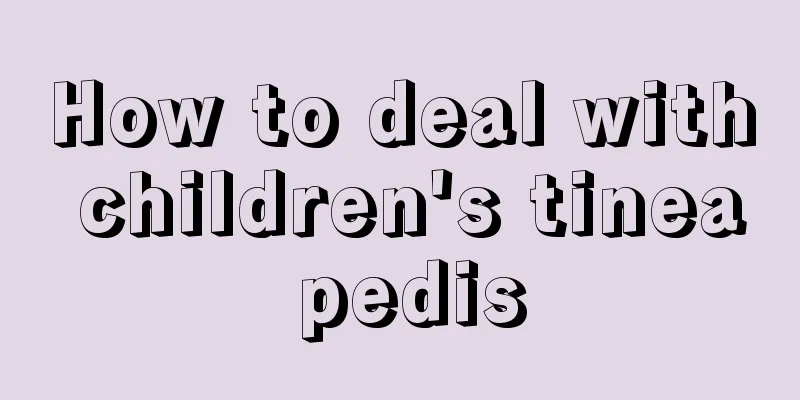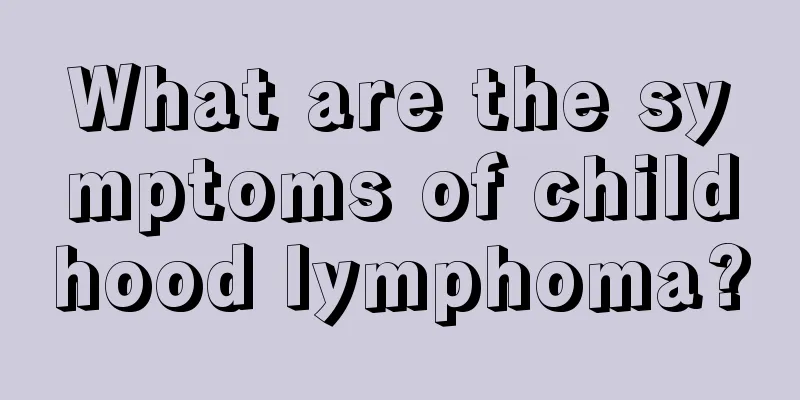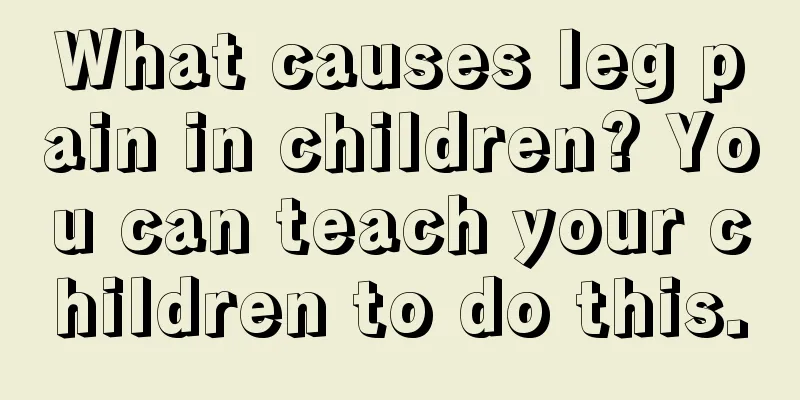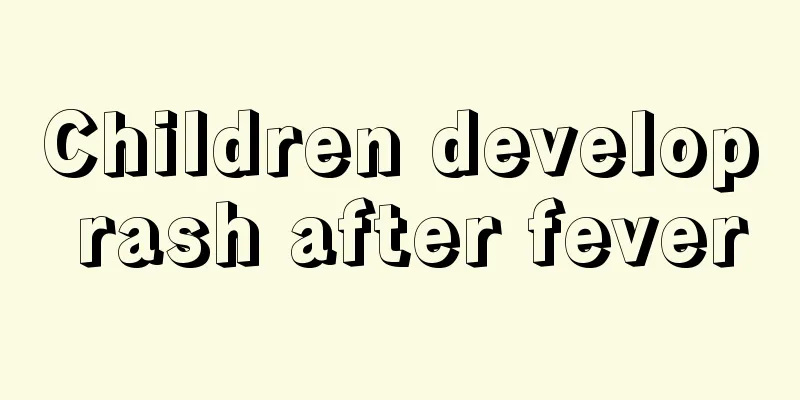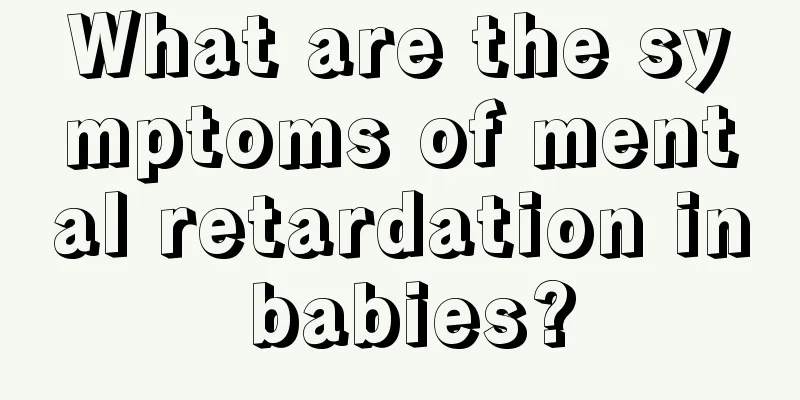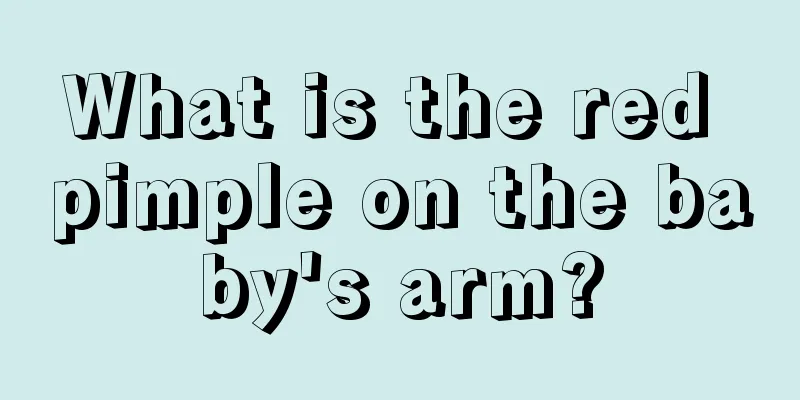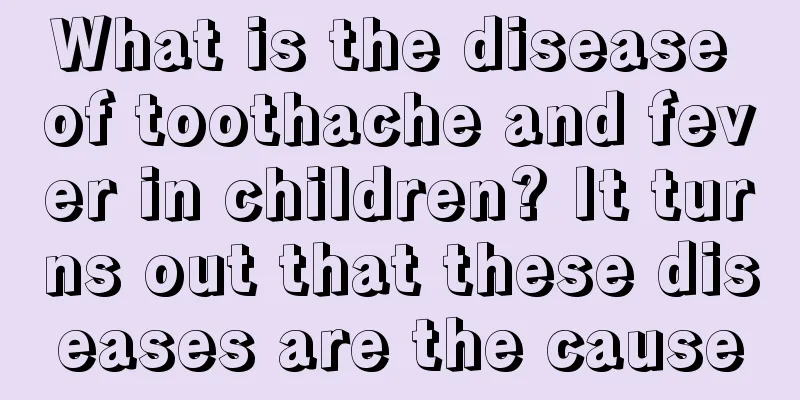How to correct children's teeth?
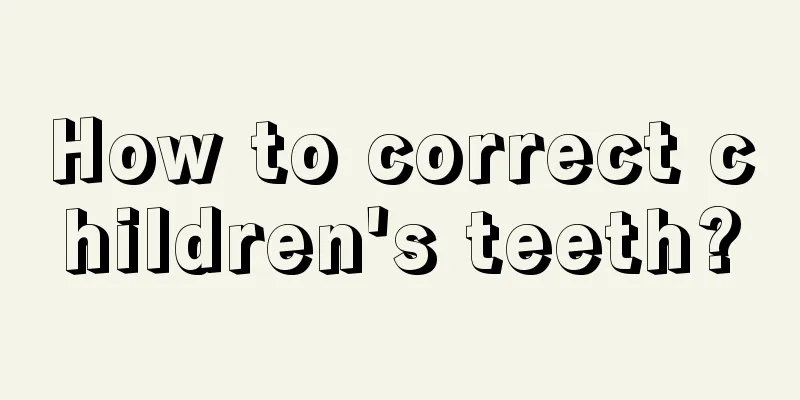
|
Teeth are very important to people. Only with healthy teeth can we live a better life, especially for children who are in the period of tooth development. If you don’t pay attention at this time, it will lead to tooth deformities, which will greatly affect the future appearance. Severe cases may also cause some chewing disorders or even other oral diseases. Therefore, it is necessary to use orthodontics to alleviate this situation. Usually, as long as the children have undergone orthodontics, their teeth will become as neat as before, and no complications will occur. This is the simplest way to relieve the problem. Orthodontic treatment mainly uses various corrective devices to adjust the coordination between the facial bones, teeth, and maxillofacial nerves and muscles. In other words, it adjusts the abnormal relationship between the upper and lower jaws, between the upper and lower teeth, between the teeth and jaws, and between the nerves and muscles that connect them. The ultimate goal of orthodontic treatment is to achieve balance, stability, and beauty of the oral and maxillofacial system. The correction of deformities mainly relies on wearing braces inside or outside the mouth to apply appropriate "bioforce" to the teeth, alveolar bones and jaws to cause physiological movement, thereby correcting malocclusion. 1. Consultation: including clinical examination before treatment, collection of diagnostic data (such as plaster models, facial appearance and intraoral dentition photography, facial and dentition X-ray examination, etc.), diagnosis and analysis of medical records, formulation of treatment plans, explanation and discussion with patients. 2. Start orthodontic treatment: After determining the treatment plan, the doctor will select suitable brackets based on the patient's condition and requirements, and perform corresponding adjustments, bonding and force application. Orthodontic treatment of teeth begins here, and follow-up visits are generally scheduled about once a month. The specific time is determined by the doctor based on the needs of treatment. Necessary examinations and records will be made during each follow-up visit. 3. Retention: Wear a dental retainer after orthodontic treatment. Generally speaking, you need to wear the retainer full-time for the first year after the end of treatment, and then gradually reduce the time of wearing the retainer according to the doctor's advice. Failure to wear retainers consistently may result in recurrence of malocclusion. |
<<: What to do if your baby teeth fall out?
>>: What are the consequences of children's tooth decay?
Recommend
What to do if your baby has a urinary tract infection
Some babies are suffering from diseases, so they ...
The harm of fluoride coating on children's teeth
There are many benefits of fluoride coating on ch...
What's wrong with children's blue eyes? These are the main reasons
Parents will be particularly worried when their c...
What food can cure a child's cough and phlegm quickly?
When children cough and have phlegm, we should be...
Why does my child always cough and have phlegm?
If a child is always coughing, it may be because ...
What tests are done for newborns with cerebral palsy
Cerebral palsy is a common brain disease in daily...
What is the reason for high alkaline phosphatase in children?
When children have high alkaline phosphatase leve...
How to treat constipation in a five-year-old child
If a five-year-old child is constipated, parents ...
Can a six-month-old baby eat yogurt?
Babies who are still in infancy are less than one...
Calcium supplement recipes for 10-month-old babies
Calcium supplementation for children is a particu...
Baby diarrhea pus balls recurring
If the baby has repeated diarrhea, parents must p...
How to treat peeling of the fingertips in children
The growth of a child affects the hearts of many ...
The child's throat suddenly becomes hoarse
Shouting loudly or using excessive voice while si...
What is the cause of small pimples on the baby's hands?
We all know that babies' skin is particularly...
What's the matter with the white spots on the baby's fingernails?
Many parents are very careful and observe the sma...
